So, I'm making an app that has a lot of images that I'm using for the UI, but I'm having trouble with the @1x, 2x, and 3x concept now that I'm trying to setup frames.
So first off, I wrote a global function library that contains a function called getDevice so I can determine what device the user is using to setup the proper frames for each element:
//Device
+ (int)getDevice
{
CGSize bounds = [[UIScreen mainScreen] bounds].size;
if((bounds.width == 320 && bounds.height == 480) || (bounds.width == 480 && bounds.height == 320))
return gDevice_iPhone4S;
else if((bounds.width == 320 && bounds.height == 568) || (bounds.width == 568 && bounds.height == 320))
return gDevice_iPhone5;
else if((bounds.width == 375 && bounds.height == 667) || (bounds.width == 667 && bounds.height == 375))
return gDevice_iPhone6;
else if((bounds.width == 414 && bounds.height == 736) || (bounds.width == 736 && bounds.height == 414))
return gDevice_iPhone6Plus;
else if((bounds.width == 768 && bounds.height == 1024) || (bounds.width == 1024 && bounds.height == 768))
return gDevice_iPad;
return gDevice_Unknown;
}
That's all functioning well, but my question surrounds frame sizing now that I can recognize the right device. So, for instance, let's say I have three buttons that I want to span the bottom of the screen. On the iPhone 4S, it would be like this:

Now this is using 3 images:
- image_1@2x.png (220x80)
- image_2@2x.png (200x80)
- image_3@2x.png (220x80)
But what happens when I want to use these images on the iPhone 6?

Now this should use the same images, right, since the iPhone 6 still uses @2x?
- image_1@2x.png (220x80) -> (258x94)
But then the (220x80) needs to become (258x94) which will stretch the image. So what's the point of having @1x, @2x, and @3x iPhone images when I'm going to need @1x, @2x, @iPhone62x, and @iPhone6Plus3x?